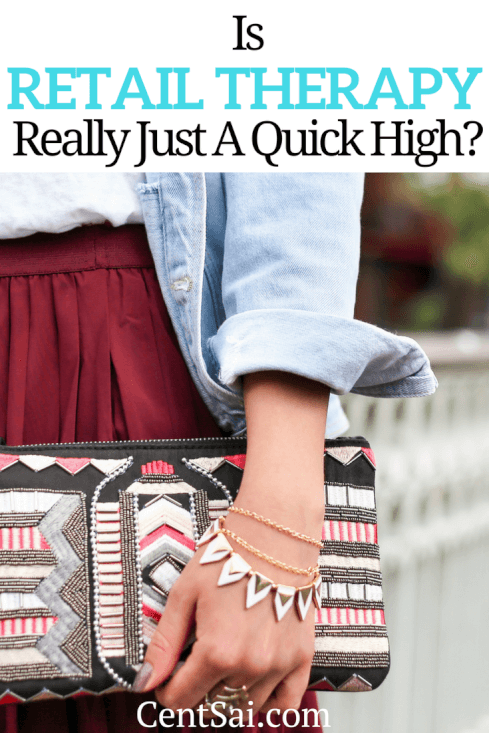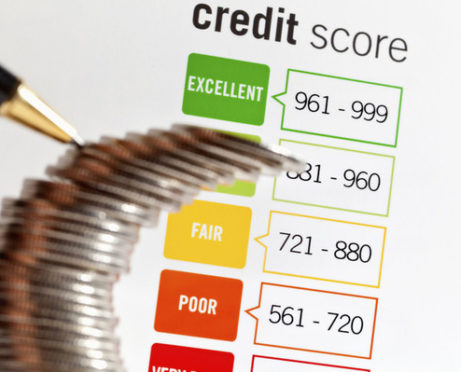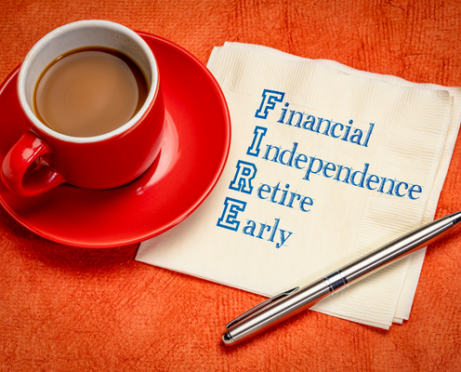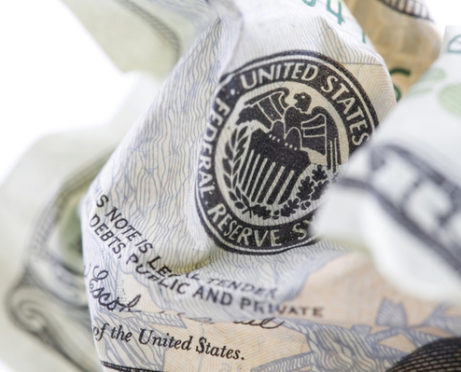 Last month, my wife and I went to FinCon – fantastic conference for bloggers and those in the personal finance space. If you have any interest in personal finance, this is a great place to go to meet great people and learn about the space and your craft.
Last month, my wife and I went to FinCon – fantastic conference for bloggers and those in the personal finance space. If you have any interest in personal finance, this is a great place to go to meet great people and learn about the space and your craft.
On our way home from San Diego, we drove past a shopping outlet where in the past we had bought several items and in the process got some serious bargains. I half asked my wife if she would like to do some shopping. The offer was less than enthusiastic, but offered as a thank-you for all her help over the weekend. She declined and said she was too tired.
As well as learning more about finances and making sensible decisions, FinCon was also a great deterrent against retail therapy. Win-win all round.
Start Managing Your Finances — Download This Personal Finance App >>
This got me thinking about the term “retail therapy.” If retail is to shop and therapy is to feel better and repair, you are shopping to feel better and to either repair or mask any issues you have. Thinking this through for a bit, I have come up with the following thoughts. Follow me on this, and don’t fight it:
When shopping, we have needs and we have wants. Often, when we buy something, we don’t need it to survive.
That new watch, new pair of shoes, new bag, new coat etc. – we will survive if we don’t buy them. The alternative? Make do with what you have, unless it's an out-and-out replacement and the other one is going in the bin or being passed on.
When shopping, quite often you may pick something up that's 50 percent off. You have saved 50 percent off the tag price. Say you buy a handbag, for example, that's now $60 instead of $120. Well, that’s great if it's a need, but if it is a want, you have just been tricked into handing over $60 for something that you didn’t want in the first place. Just the supposed savings were your catalyst into action.
So you now have that $60 item. You may have paid for it on a credit card and now there is a handbag to add to the ever-increasing pile in the closet and a credit card bill looming.
With a finite amount of money, smart choices need to be made to get the most out of your resources – i.e. your money. Unfortunately, there are a lot of people who believe that their paycheck is their budget, and end up with nothing left at the end of the month for unforeseen purchases.
Build an Emergency Savings Fund With a Money Market Account — Get Started >>
Over 50 percent of American households cannot afford an unexpected bill of over $500. A scary statistic.
To continue, this handbag could be one of many purchases that result in a ballooning credit card bill. The purchase comes with an initial ”high” of satisfaction and “bargaintopia.” But what about when you get home? A little time passes by, and the handbag collects dust after the one time you use it to go out for dinner (you use it just enough to justify the purchase); and then the credit card bill comes and you have to pay back the money. Can you afford to pay off your credit card balance in full? Or will that purchase now cost you more in added interest?
Could that $60 – or multiple $60 – be used for other things? Or, dare I say it, added to your savings account for rainy day emergencies?
For each of these purchases that you made, how long did the high last? Was there any sacrifice that you had to make for that purchase and how often have you used the purchase?
So, is retail therapy the right word? Perhaps retail therapy should be called “post-purchase worry” or “post-purchase trauma.” Next time you're about to buy something, think whether you will have a bout of PPW or PPT after you swipe your credit card.
This App Makes Managing Your Finances Easy — Start Budgeting Today >>











